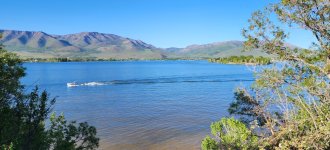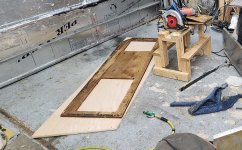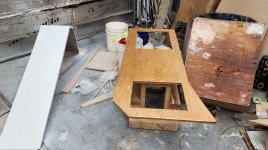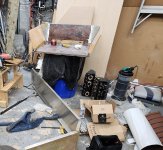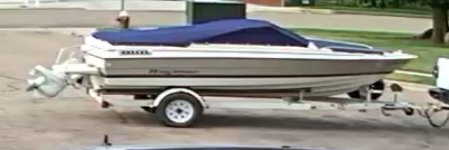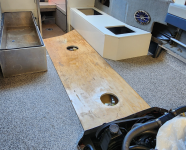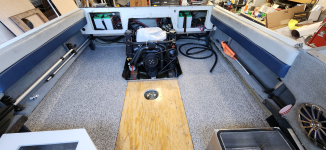Over the weekend, we got her back together.
I still have some rear trim pannels that need to be wrapped with vinyl, and I need to flow some epoxy into the rear seat mounts.
then get them wrapped with fresh vinyl.
but this is good enough to start the engine break-in and to verify that the intake is actually good.



The upper engine cover is nice and solid at this point, and it cannot be disassembled due to being pretty much one solid piece.
the only original wood used was the top and the front of the engine cover, along with the angled pieces where the new sides attach.
it was really hard to get this perfect, it seemed that much of it was wrong.
The lower aluminum part of the engine cover I have stripped and cleaned.
Then I hit it with some aluminum etching primer to keep the shine down to a minimum.
Also in my mind, it should help the vinyl glue stick to the panels.
For the upper part, it got primer to keep the sun off of the epoxy, and to hopefully help body filler stick to it later on.
The plan is to smooth it out and make it look nice enough for some paint like I did to the front benches.
Otherwise, I'll probably cover it with some short marine carpet.
Also to help anyone else later down the road.
The live well was a little tricky since even the original carpet hid the screws.
The lower bench is also assembled differently than the other side because of it.
For the top of the lower bench, there are through bolts that screw directly through the aluminum on the borders.
the LiveWell itself has through bolts that come in directly into the live well.
Once it's free the top comes off.
I reassembled in the same manner, but counter sunk the screws on the top, and installed with some 5200, and coated the top to hide the screws in the white bench.

Luckily years ago I read someone's thread where they were trying to figure it out.
That memory came to me one night, and sure enough it was the easier of the two sides to disassemble in the end.
When reassembling the LiveWell seals to the bottom of the bench, there is a black rubber seal that was in decent shape, but it did have a little gap where the ends met.
So, I sealed that with a nice fat bead of 3m 4300.
Idea being that it won't ooze as much, and one can only take so much 5200 staining their hands.

I also pulled the outdrive once more to confirm I didn't have an exhaust blockage that I could see.
I stuck my inspection camera down the lower, and up through the prop exit, all looks clear!
On the side I found a leak from the water inlet O-ring was putting water into the bellows.

I had issues getting that O-ring to stay put when assembling it my self.
This time i had a second set of eyes helping me, and I was able to locate my transmission assembly lube.
a little coating of that stuff and the o-ring stuck there nice and solid.
Much better than using grease.
a fresh gasket in place, hopefully it goes better this time around.
I pumped some fresh grease into the gimball bearing, and I plan to do that after every outing until I pull it apart again...
I also have new rubber fuel lines installed for both the trolling engine and the main engine.
And I installed it with some high quality fuel shut off valves from summit racing that use -AN for the main engine and the trolling engine (after the T fitting).
After I installed everything I found the box of -AN fittings that I have been collecting for years.
I always buy too much before I jump into a weekend project, always better to have too much than too little!
In that I found a much better fuel splitter, using a high flow Y instead.
Really it's too much but using -AN I get a better seal that's very easy to deal with in the field.
For now, it's good enough for its first splash this weekend!
Thing to do still,
I need to install a couple stainless rivnuts to help keep the engine cover in place.
Figure out where to mount the fuel lines and shut off valves so they are easy to deal with.
I'll probably just zip tie them somewhere for now.
And the big one
I still need to set/confirm the base ignition timing for the engine before I put load on it.




















